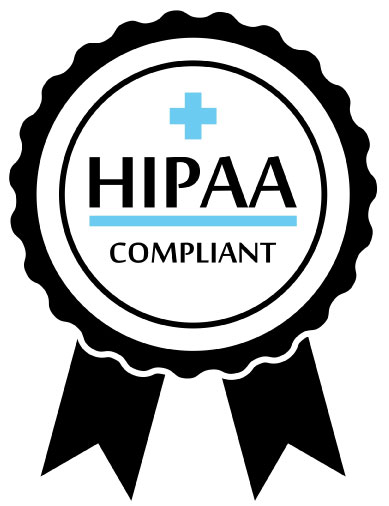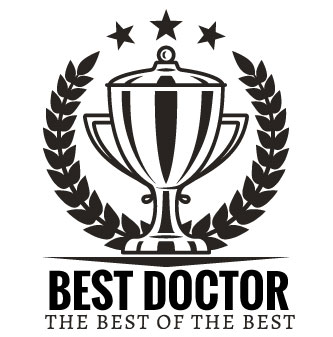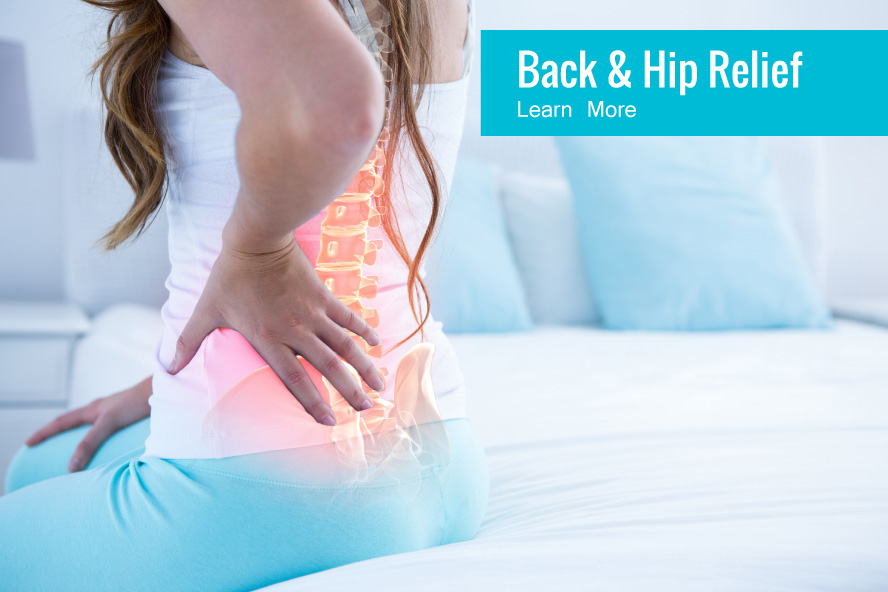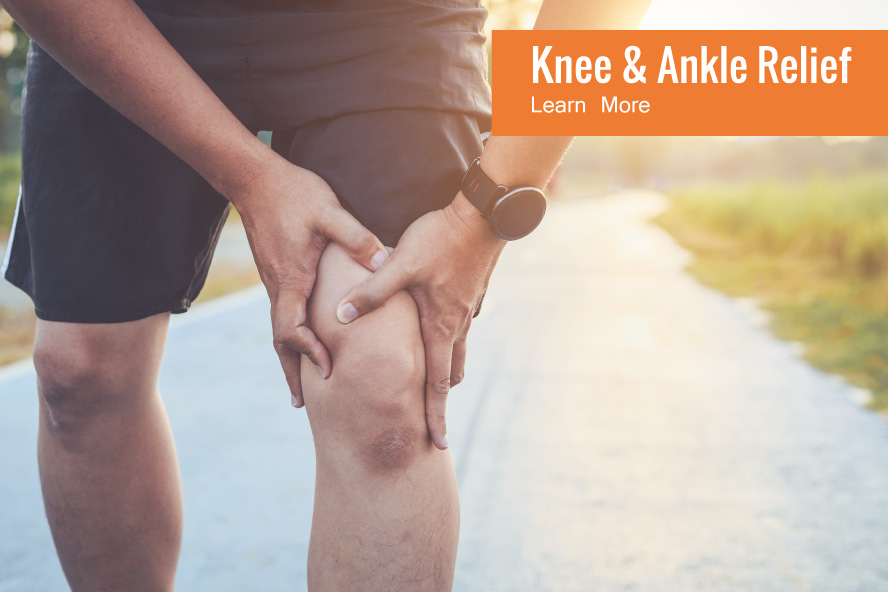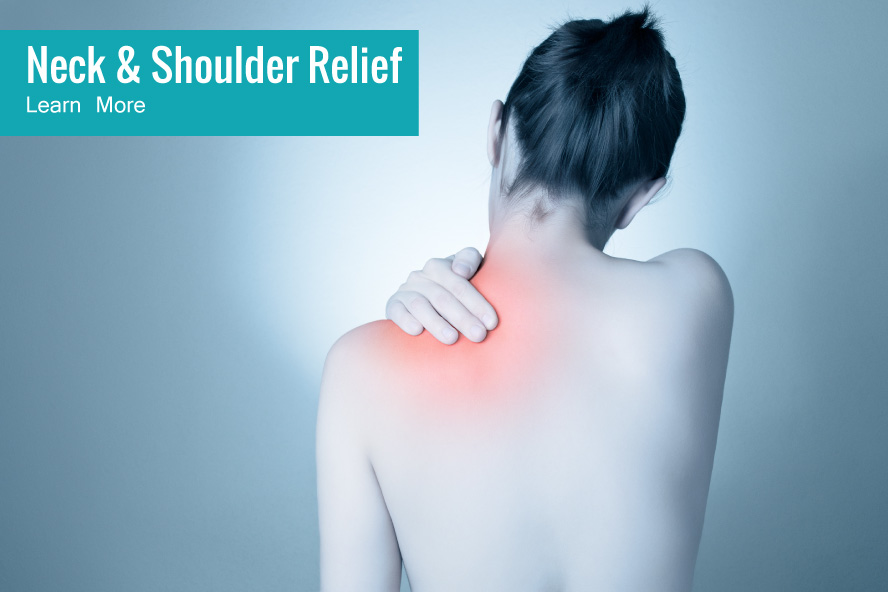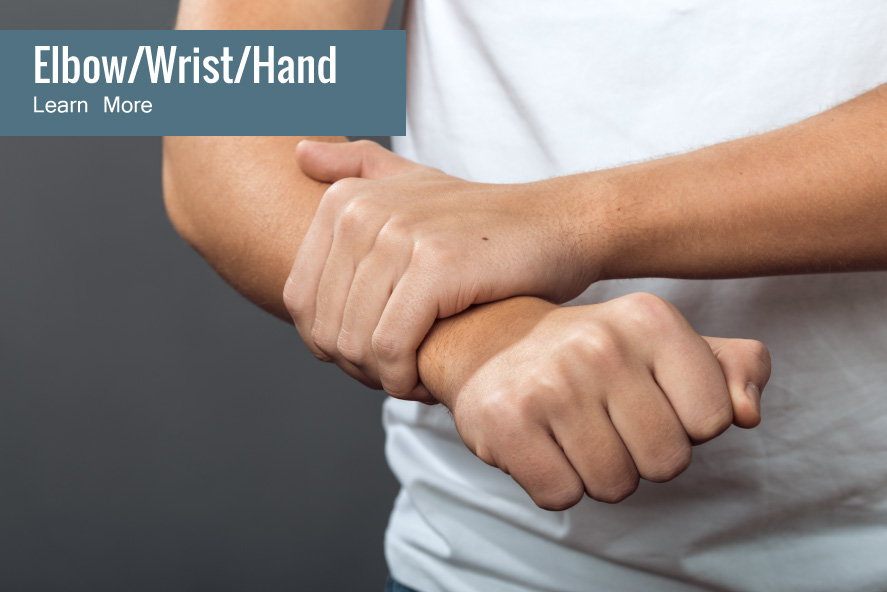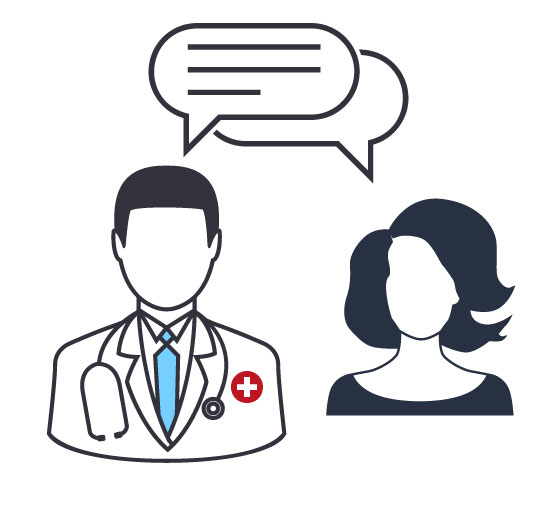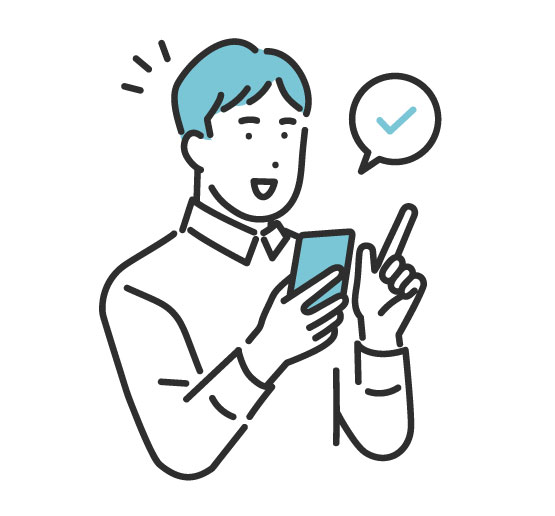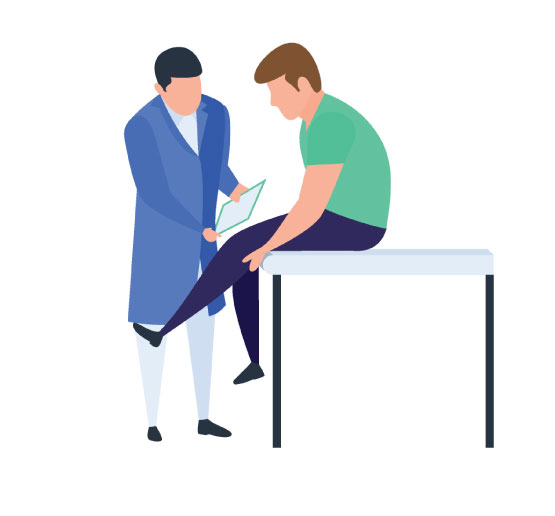PRO - MOTION PHYSICAL THERAPY
We Help You Recover From Injury, Move Pain-Free, And Get Strong & Flexible
Don't trust your body and health to just anyone. Choosing the right physical therapist can make a world of difference.
Improve Your Body, Improve Your Life
You deserve to be pain-free.
Once we address the underlying root cause of your pain or problem using exercises, stretches, mobilizations, and other techniques, you feel better immediately.
Additionally, our physical therapists can teach you how to properly use assistive devices, as well as provide education on injury prevention and body mechanics.
One-to-One Treatment
You are treated with uniqueness and care. Personalized treatment programs produce the fastest results.
Specialized Exercises
Specialized exercises can help improve range of motion, strength, and flexibility, which can reduce the pressure on pain-sensitive structures and promote healing.
Pain Relieving Modalities
Our physical therapists may also use modalities such as heat, cold, ultrasound, and electrical stimulation to help manage pain.
We Accept Most Insurances
We understand that cost is a concern for many, which is why we accept most insurance plans. For those with no insurance we offer flexible treatment packages and payment options to fit every budget. At our facility, we tailor our programs to meet both the physical and financial needs of our clients.
The best way to get started is by speaking with one of our therapists to discuss your specific concerns. We offer a range of options, including 30 and 60-minute sessions and a la carte services, allowing you to control the cost of your care. Additionally, we provide you with all the necessary forms and codes to apply our fees to your Health Savings Account (or Flex Plan) for your convenience."
You Get Fast Acting Treatments To Help You Avoid Surgery & Drugs...
Physical therapy is scientifically proven to be more effective than surgery and drugs for most conditions. We want to help you avoid potentially harmful risks and side-effects. Our proven track record lets us confidently say we can help you, too. See our "Success Stories" below.
You'll Feel the Difference Every treatment because...
you get two special things that make us unique (and are not available in other clinics)
Fast Relief
We use special treatments like 830Laser, Pressure-Point Release, and Multi-Functional Movement to bring you fast relief.
Longterm Relief
Our treatments are designed to last, and our education empowers you to longterm health. Not temporary "bandaid" treatments. You get to enjoy relief long after you're finished.
What Are Clients say
“Approximately six weeks ago I walked into your office as a miserable person. I was in extreme pain and somewhat dazed from the pain medication that I was on at the time. Now, thanks to your expert guidance, I am pain free, drug free, and a completely new person.”
JOHN BRYAN
PATIENT (DAYTONA BEACH SHORES)
The Trusted Provider By Physicians In Florida
Virtual Sessions With A Physical Therapist
Some clients appreciate the convenience and flexibility of virtual telehealth sessions, as they can participate in the session from the comfort of their own home and do not need to travel to a physical location. Additionally, virtual sessions can save time and reduce wait times for appointments. Some clients also appreciate the increased privacy and ability to speak openly in a virtual setting, as it can be less intimidating than in-person visits.
Where To Start
Here are 3 options to choose from.
Ready?
Get in Touch!

